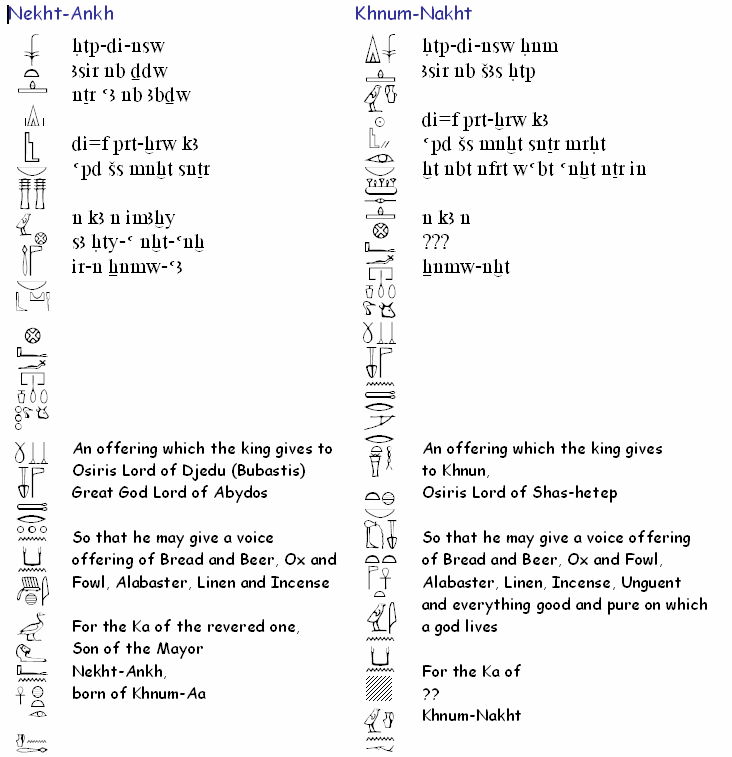|
Notes:
Canopic jars are protected by the four sons of Horus, said to be the
children and also the 'souls' of Horus. They are also called the 'friends of the king' and
assist the deceased monarch in ascending into the sky. Their afterlife mythology led to
important roles in the
funerary assemblage, particularly in association
with canopic
jars.
Each deity was
guarded by one of the funerary
goddesses,
though there was some variation
in this linkage.
The group may have been based on the
symbolic
completeness of the number four alone,
but they are
often given geographic associations
and hence
became a kind of regional group.
- The four gods were the:
-
- 1. human-headed Imseti who guarded liver (guarded by the goddess Isis)
-
- 2. baboon-headed Hapy who guarded lungs (protected by the goddess Nephthys)
-
- 3. jackal-headed Duamutef who guarded stomach (often protected by the
goddess Neith)
-
- 4. falcon-headed Qebesenuef, guardian of intestines (often protected by the
goddess Serket). Serket's full title is Serket Hetyt which is translated as 'she who causes the
throat to breath' a euphemistic reference to the deadly scorpion. The word throat (Htyt) is
represented by the Gardiner F10 symbol (reference Pam Scott, 2006).
- The four gods were sometimes depicted on the sides of the canopic chest and
had specific symbolic orientations, with:
- 1. Imseti
aligned with the south
- 2. Hapy with the north
- 3. Duamutef with the east
- 4. Qebesenuef with the
west
They were also depicted on the long
sides of coffins and sarcophagi with:
- 1. Hapy and Qebesenuef
being placed on the west side
- 2. Imseti and Duamutef
were placed on the east
Before the 18th
Dynasty canopic jars were given human headed stoppers and from the 18th Dynasty they were
given the more characteristic representation or human, jackal, hawk and baboon.
|

